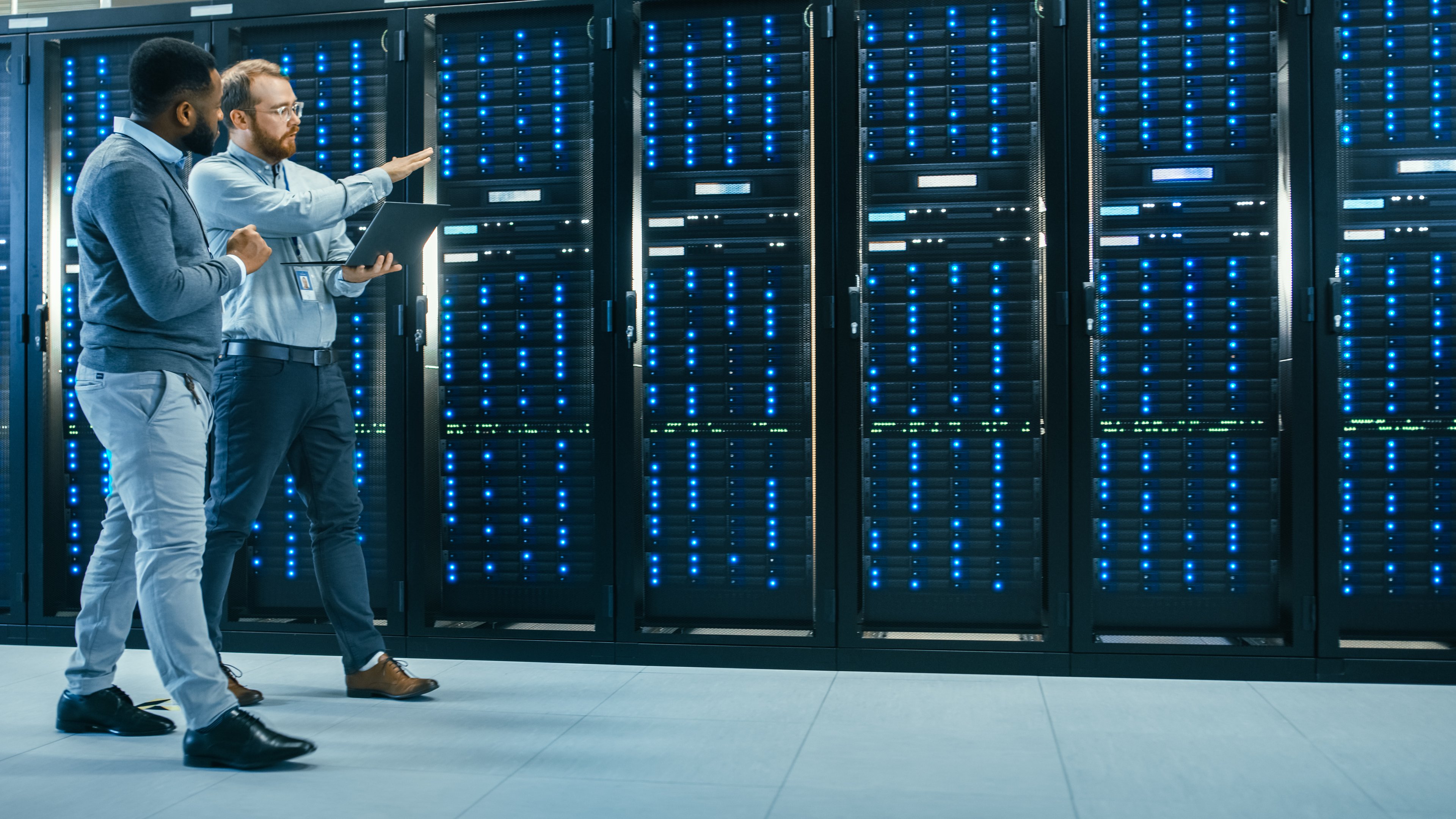During the California Gold Rush in the mid-19th century, companies that sold equipment like jeans, pickaxes, and shovels usually made significantly more profits than the gold miners because they had a steady supply of customers and much less risk. The same dynamic is playing out in the generative artificial intelligence (AI) opportunity, encouraging investors to bet on infrastructure instead of consumer-facing software.
But while picks-and-shovels investing is generally a good idea, it isn't foolproof. And over time, glaring weaknesses in AI infrastructure leaders like CoreWeave (CRWV +22.64%) are beginning to appear. Let's explore three reasons why it might be time to consider selling the stock.
1. Operational weakness
The company now known as CoreWave was founded under the name Atlantic Crypto in 2017. Back then, it focused on using Nvidia's graphics processing units (GPUs) to mine the cryptocurrency Ethereum. When this became less profitable, the company shifted its attention to cloud computing, which allows it to rent out its hardware to other enterprises for the remote training and running of large language models (LLMs).
Clients benefit from this arrangement because CoreWeave gives them the computing power they need to develop AI algorithms while saving them the cost and complexity of buying the hardware and setting up data centers themselves. CoreWeave also claims its offerings are 35% faster and 80% less expensive than generalized public clouds -- ostensibly because of its specialized focus on GPU-based workloads. But lackluster operational results suggest there might be more to the story.
While CoreWeave's third-quarter revenue jumped 134% year over year to $1.36 billion, operating margins collapsed from 20% to 4%. This number is extremely low for a business that doesn't sell physical products. And it suggests CoreWeave is prioritizing top-line growth at all costs -- pricing its offerings at unsustainably low levels relative to their immense running costs.

Image source: Getty Images.
2. The valuation looks too high
With a price-to-sales (P/S) multiple of just 8.3, CoreWeave might look reasonably priced on the surface if you only consider its top-line growth rate. For context, AI infrastructure leader Nvidia boasts a much higher P/S of 24. But CoreWeave's value proposition starts to fall apart when you look at its bottom line. Despite growing third-quarter revenue by 134%, its operating income more than halved to just $52.8 million.
Growth doesn't mean much if it doesn't translate to profit potential. And CoreWeave's valuation would make more sense if it tracked a little closer to the S&P 500 average P/S of 3.3, which would imply a 60% reduction in the current valuation (or a stock price of $28.7 at the time of writing).
CoreWeave's debt situation is another major problem that isn't being reflected in its current valuation. With $10.3 billion in non-current debt compared to just $1.9 billion in cash, the company looks overleveraged. This debt will be a tremendous drain on CoreWeave's already meagre cash flow as the debt must eventually be repaid while also generating interest expense to the tune of $310.6 million in Q3 alone.
3. Generative AI is still highly speculative
With such glaring operational and valuation challenges, the only way a stock like CoreWeave makes sense is if you believe that AI infrastructure demand will continue growing at a relentless pace for years -- if not decades into the future. While this is certainly possible, it relies on some big assumptions about the technology's ability to improve over time.
According to scientists interviewed by The New Yorker, generative AI model progress is already slowing down dramatically and arguably stalling at a level making it hard to justify AI's massive hardware and energy costs. Investors should come to grips with the real possibility that this technology will be an important part of the economy but not the earth-shattering transformation early analysts expected. In this scenario, a company like CoreWeave looks like a very risky bet.






